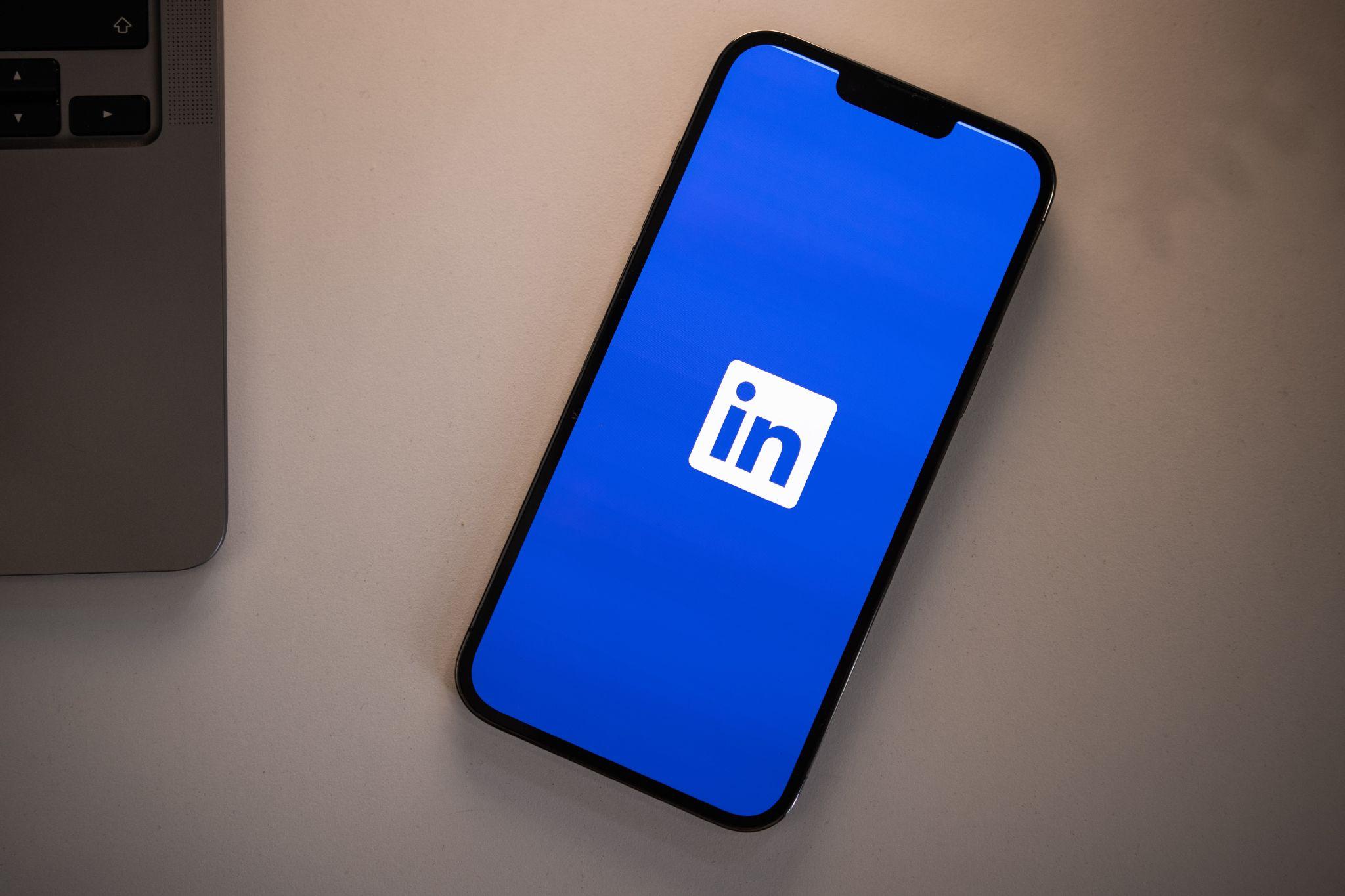Lead generation is a process aimed at obtaining contacts of potential customers. Online lead generation can be carried out both offline (filling out questionnaires, surveys, etc.) and online (forms on websites, actions in social networks, chatbots, etc.).
The result of lead generation is “leads” – contacts of potential customers. They can be both targeted and non-targeted. Targeted leads are conditionally divided into “hot”, “warm” and “cold”. Lead generation for business is a continuous process in which “hot” and “warm” leads must be processed by the sales department. In this article, we will consider all the features of lead generation.
Ways of lead generation
Lead generation process for b2b
B2B leads are possible buyers who are interested in your offer. The only key difference between B2B and B2C leads is that the former are business representatives, not consumers.
B2B leads are individuals representing companies who have expressed a desire to discuss an offer, and who have left contact details or an application in any way.
If you describe the b2b lead generation process as briefly as possible, it looks like this:
– You use multiple channels to generate leads at once: SMM, SEO, PPC, etc.
– You collect a potentially interested audience and engage it.
– Part of the potential B2B audience is eliminated, and the other part becomes your customers.
A lead will become a client only if your offer carries real value for him and for his target audience (if we are talking about B2B). If this offer is irrelevant or simply unconvincing, the lead will not be transformed into a client.
Digital lead generation strategies
1. Marketing campaigns
Two lead generation methods are most often used: online and offline generation. The core of these strategies is the creation of a quality marketing strategy. Your company can develop an effective marketing campaign both independently and with the help of agencies and companies that professionally generate leads for a fee.
If your company has chosen online generation as the basis, then preference will be given to marketing campaigns conducted on the Internet. The most effective areas are these:
– Conducting campaigns on social networks
– Maintaining a corporate blog
– Creation of landing pages
– Email campaigns (using scratch emails from LinkedIn)
– Contextual advertising
– Online demonstrations, presentations, etc.
– Creating forms on landing pages with additional integration into CRM.
If you prefer offline generation, then the main directions of your marketing campaign will be
– mailing lists
– marketing journalism
– holding promotions.
It will not be superfluous to mention the possibility of integrating offline and online resources during marketing campaigns.

2. Calculation and screening of leads
As a result of marketing campaigns, your business will receive several potential leads. However, this does not mean that all the received contacts are exactly what you need. At this stage, it is important to weed out the received leads.
If you initially entrusted the generation of leads to an agency, then the selection of consumer or targeted leads, as well as their further calculation and screening will be the responsibility of the agency. This will be followed by selling them to your business.
If you have been conducting marketing campaigns on your own, then as a result you will also receive several potential leads, which will need to be further divided into quality and “unpromising”.
At this stage of the online lead generation process, it is appropriate to use special CRM databases and programs that will help optimize the process of counting leads and their storage.
3. Follow-up campaign
As soon as you get “promising” leads, start the campaign with their support: it is important not to lose the lead and competently prepare it for the purchase of your product or service. Working with leads is much more effective if you contact people within five minutes after they provide contact information.
As a rule, the following mechanisms are used as a nurturing campaign: email campaigns (using scratch emails from LinkedIn), webinars, reports, blogging and podcasts, publications in the media, and holding various events. Consider in what sequence and over what period of time these or other mechanisms will be used.
Strategies to generate leads: practical tips
– Do not ignore leads that are not ready to make a purchase immediately. Word of mouth has not been canceled, and it is possible that this lead, which did not convert into a buyer, will lead customers to you;
– Speak the language of your audience. Consider the cultural background when creating content for the target audience in lead generation;
– No matter how charismatic your salespeople are and how cool your product is. If the customer does not need this product, the chances of successfully closing the deal are almost zero. So be sure you know your potential target audience well.

